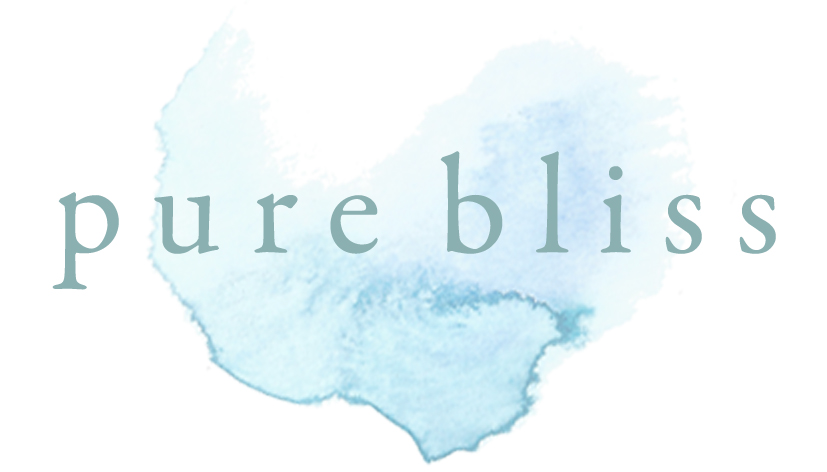After 16 years as a massage therapist, I became an advanced clinical massage therapist. My massage work felt effective and clients gave great feedback, but I wondered if it was possible to increase the effectiveness of my treatments. During the year’s advanced training I felt my skills changing and evolving as I learnt new techniques that really helped ease my clients’ pain and, a year on, I’m learning more from every massage and loving the results.
So what IS a clinical massage therapist? Well, putting it simply, I’m an outcome-based therapist and my aim is to decrease my clients’ pain, increase their range of movement by improving the functioning of joints and muscles and, at the same time, give them a wonderful massage experience.
I often work with clients who have long-term chronic pain. That can be anything from neck and back problems, headaches, sciatica, RSI, fibromyalgia and other ongoing musculoskeletal problems. During each first session I complete a detailed consultation form looking at each individual holistically and taking into account any biopsychosocial factors - psychological and social - as well as physical issues. This helps me to get a picture of what’s going on in their life that might be impacting on their body. I then take clients through some relevant range of movement exercises to try and pinpoint the affected muscles and where I should start the work. Finally, I’ll do a postural assessment to look for misalignments in the body, which might help guide me towards what needs the most work.
A clinical massage differs from others in that the therapist tends to communicate more with the client throughout the massage. I work a lot with trigger points - those tight points within a band of muscle that feel ‘ouch’ when touched. These often cause referred pain in other areas away from the original trigger point itself. So, for instance, you might be getting pain down your arm or in your hand, but the trigger point might be in the muscles in your neck. Although I can feel some of these painful points, the more feedback I get on quality and intensity of the pain, the more effectively I can work. Focussing on these specific areas can relieve both the immediate and referred pain.
Clinical massage integrates different modalities, Eastern and Western techniques that I’ve learnt throughout my career as a therapist. These can include trigger point therapy, myofascial release and stretching techniques, as well as hot stone work and Chinese meridians, all of which form a multi-modal toolbox to help get clients out of pain.
What I do think is important is that massage should be a pleasurable experience, and working in this way means it doesn’t have to hurt to get results but can be effective within a reasonably comfortable pain level as well as using broad, relaxing massage strokes, and stretches with the aim of you leaving in less pain AND feeling relaxed.


